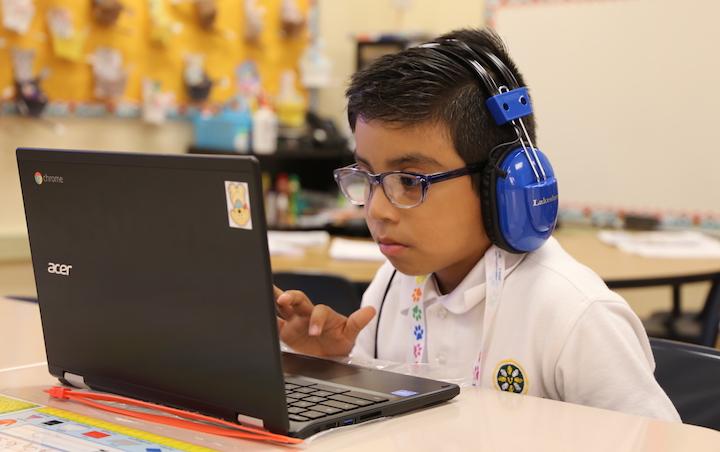Educators are navigating unprecedented challenges, and the ENL team has heard from many of you who have questions about English learners (ELs) and remote learning. We are responding to these concerns each week with strategies and suggestions.
In past posts we've addressed the challenges of communication, the digital divide, and addressed how to write well crafted eLearning instructions for ELs.
Today we tackle the challenge of integrating strategic support into eLearning lessons.
Challenge: I can tell by their responses and work that my ELs are struggling with my eLearning assignments. How do I support them more effectively?
- Include language supports - Whenever possible, include the following scaffolds to ensure student success.
- Keep a narrow focus - Make sure that every lesson has one, clear, simple focus. Don't try to teach multiple new skills or pack an entire 45-minute in class lesson into each day of eLearning. Instead, ensure input is comprehensible and understandable, focusing on one skill at a time, and building gradually.
- Provide a word bank: Share critical vocabulary words with student-friendly definitions that students may use to successfully complete the assignment.
- Helpful Hint: Create a PPT with images, a Google Doc, a Quizlet so that students can reference vocabulary words before and during the lesson.
- Build background knowledge: Give students a preview of the content before asking them to engage with the lesson.
- Helpful Hint: Link to a visually rich video online, or create your own with Screencatisfy.com or Vimeo.com that helps explain or contextualize the content. Also consider summarizing a story or text before you ask students to read it.
- Help students tap their funds of knowledge and/or first language (L1) assets?
-
- Encourage students to interview family members about what they know about a certain subject and/or share with them what they are learning.
- Remember that the native language of the student can help deepen understanding
- Helpful Hint: Remind.com and TalkingPoints are two texting services that will translate messages into multiple languages.
- Helpful Hint: If your students are using Google Classroom, they are able to update to their preferred language by adding a language code to the end of the URL. Language codes are available via this link.
If you want to learn more about these and other strategies, consider becoming an ENL Hernandez Fellow this year. We need more teacher-leaders equipped to advocate for the success of English learners in Catholic schools!
Keep up the great work. If you would like to submit a question, please email Katy Lichon at kwalter5@nd.edu.
Blessings,
The ENL Team
Clare, Itzxul, Jenny, and Katy

